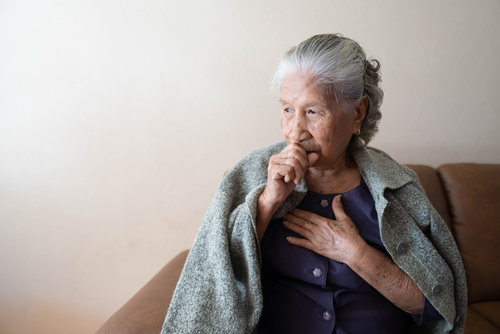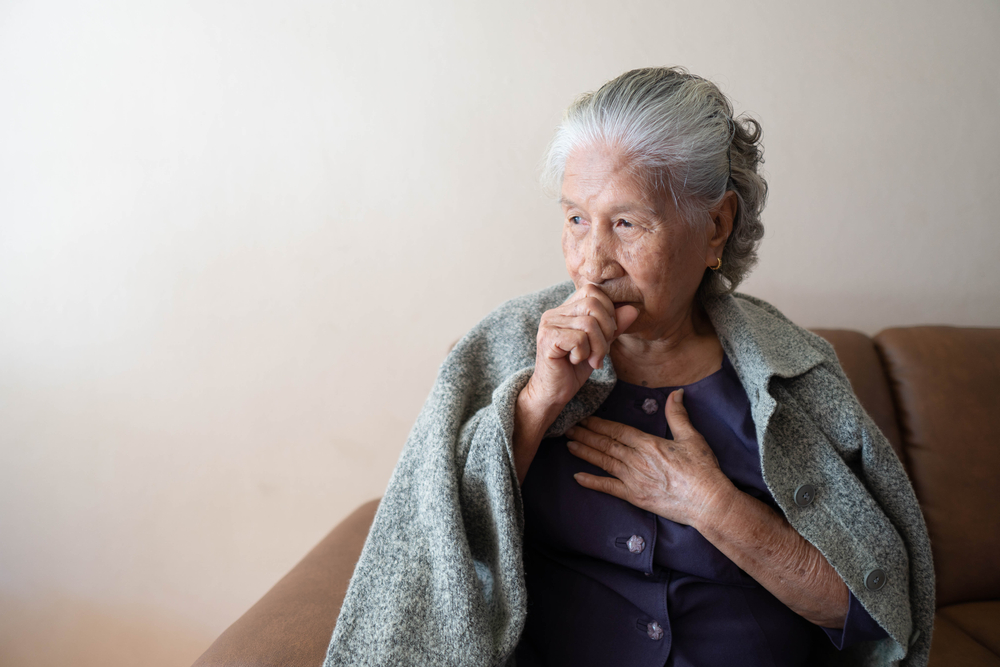Stages of Pneumonia in Elderly Adults
Category:

Pneumonia is a lung infection that can be caused by bacteria, viruses, fungi, and other germs. It occurs when air sacs in one or both of the lungs fill with bacteria or pus. Pneumonia can manifest differently and in varying levels of severity depending on the person and can result in your immune system weakening over time. Luckily, there are ways to detect and treat this ailment as long as it’s dealt with appropriately. In this post, we will review the stages of pneumonia in adults as well as ways to diagnose and treat it.
How Is Pneumonia Diagnosed?
It’s important to get a pneumonia diagnosis as soon as possible, especially if the senior is at higher risk of developing serious complications. Doctors will often perform physical exams as well as numerous imaging tests to diagnose pneumonia in patients. Some of these tests include:
-
Blood testing
-
Chest X-rays
-
Pulse Oximetry
-
Sputum Tests
Next, let’s review the stages of pneumonia.
What Are the 4 Stages of Pneumonia?
There are 4 stages of pneumonia, which have varying levels of severity and symptoms. Below are some symptoms one can encounter from early onset to pneumonia’s final stage.
Pneumonia Stage 1
The beginning stages of pneumonia are characterized by congestion. These early stages of pneumonia include various physical symptoms that often mimic those of viral upper respiratory infections. During stage 1 pneumonia, your loved one may experience:
-
Coughing
-
Fatigue
-
Heaviness in the chest
-
Loss of appetite
-
Low-grade fever
-
Rapid breathing
Pneumonia Stage 2
Stage two pneumonia is when red blood cells and immune cells enter the fluid-filled lungs to give the lungs a red appearance. Symptoms during this stage of pneumonia are similar to stage 1 but they may be more pronounced or last a longer period of time. Stage 2 pneumonia symptoms include:
-
Confusion or delirium
-
Muscle aches
-
Difficulty breathing
-
Extreme fatigue
-
Fever and chills
-
Low levels of oxygen in the blood, which can result in blue lips or fingernails
-
Productive cough
-
Sweating
Download Our 10 Home Safety Tips for Seniors Guide
Pneumonia Stage 3
At this moment, we start entering the later pneumonia stages. During stage 3, red blood cells disintegrate and the lungs start having a grayish color. The symptoms of stage 3 pneumonia include:
-
Lung damage
-
Coughing blood
-
Prolonged breathing difficulties, which can lead to needing oxygen therapy
Pneumonia Stage 4
This is end-stage pneumonia in the elderly, which can be a worsening respiratory condition as one starts to feel better. Symptoms of stage 4 pneumonia include:
-
Difficulty breathing or swallowing
-
Productive cough, which can help remove fluid from the lungs
-
Need for artificial respiration in about 20% of cases
Now that we know more about the stages of pneumonia in the elderly, let’s review ways to treat it.
How Is Pneumonia Treated?
An elderly person should get treated for pneumonia as quickly as possible. Treatment for pneumonia will depend on whether it is caused by bacteria, viruses, or other types of infection. Some of these options include:
-
Antibiotics
-
Antiviral medications
-
Antifungal medications
-
Over-the-counter medications
If one’s pneumonia causes hospitalization, there may be additional treatment needed. This can include additional antibiotic treatments or surgeries to remove parts of the damaged lungs. Other treatment options include:
-
IV
-
Oxygen therapy
-
Ventilator
Subscribe
Date: 2022-07-14
Category:


